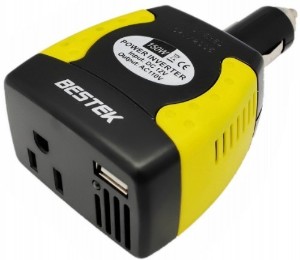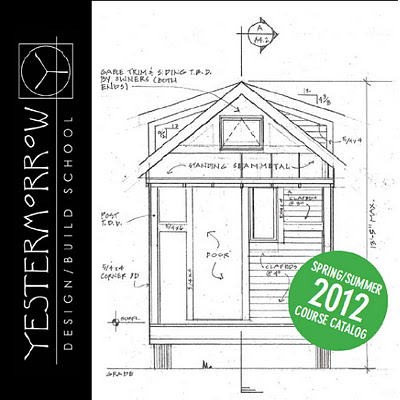Hello!
I’ve been away from the blog for a few days in favor of getting in some full days of work out in the COMET. I will spare you some of the details (I removed the black water tank. I then had to remove and clean the wood/subfloor that the black water tank sat on. Not pleasant!) so you don’t lose your breakfast, but I will say that I found something HILARIOUS hidden in the walls of the camper under the toilet. My COMET definitely has a history! I’ll post a picture of it later, because it’s too funny (and somewhat lewd) to describe at the moment!
Anyway, what I really want to talk about is the Tumbleweed Tiny House workshop that I spoke at and attended in Boston over the weekend. I was getting over a fever/cold this weekend (I hate summer colds!) but had a GREAT time at the workshop. The main part of the workshop was taught by Derek Diedricksen, tiny house and recycled materials guru. I gave a presentation about how the design and technology of the camper industry can be interpreted into tiny houses, and how you can re-use vintage camper appliances and parts in a tiny house to save money. Mostly, though, I talked about solar power and how to set up an entirely DC Photovoltaic system, which saves you money and is more efficient. People seemed to really enjoy the presentation, and there were lots of questions. For me, it was like accomplishing a life goal, a personal achievement! I can’t believe that after only a few months of working on The COMET I was already speaking at a tiny house workshop – and a Tumbleweed one none the less! I was psyched!
The workshop was really great. It’s 2 days and it was largely classroom-based. We talked a lot about trailers and what special construction details need to go into a tiny house that is on wheels and will occasionally be moving. There are a lot more structural considerations. Being a builder, not all of the information was new to me, but I do think it’s a worthwhile workshop for someone wanting to know how the tiny house building works. I did particularly like talking about systems for your tiny house and hearing from a presenter, Doug, who had built a Tumbleweed Fencl out of SIPs (when I build a real tiny house – in the future when I’m a real adult – I’m definitely using SIPs!).
Day 2 we spent the morning seeing more presentations about construction and seeing some examples of what NOT to do. The second half of day 2 was the best part: We went to the other side of the city to see and tour the ORIGINAL Tumbleweed tiny house, and Epu model that Jay built and lived in himself for years. It now rests in a magical garden behind big brick walls in Boston (I’m not kidding – we’re talking ponds full of fish, waterfalls, gardens, chickens, and a tiny house in this little oasis). It was cool to see the original design and how that has changed. The Epu had no bathroom, a tiny kitchen and a coffin-like loft. I like the new designs better 🙂
At the Epu location we all sat around a gorgeous pond on a stone wall and listened to a few more speakers. Sage Radachowsky, who lives in his home-built gypsy wagon in a backyard in Boston, spoke about his build process and using found materials. He was wonderful to listen to, and has been going beyond the tiny house and keeping a garden, chickens, and bees. Check out the TIny Yellow House video about Sage’s gypsy wagon home here. I have plans to do a video interview with Sage in his home, and talk about why we choose to live tiny and other big “tiny” questions. I have lots to ask him!
We then heard from John Hanson Mitchell, author of “Living at The End of Time“. He built and lived in a tiny house in the 80’s, and wrote the book about his experience. It was very interesting to hear his story or living in his tiny house without modern amenities, while less than a mile away a giant computer factory was being built.
The best part of these workshops is the mingling and “networking”. “Networking” makes it sound like a business meeting, but I felt like a met a lot of nice people with similar interests that I would like to keep in touch with. I loved hearing about other people’s plans, and it was nice to be able to offer some first-hand advice.
I can’t wait for Tiny House Summer Camp in July (go to relaxshacks.com to find out more and register!). The Tumbleweed workshop was totally life affirming!
Well, it’s back out to the COMET for another day of work. There’s a lot I have to get done before July 6th (Tiny house Summer Camp), and I leave on Sunday to go to Yestermorrow School for 3+ weeks for Core. I’ll check in later!


























